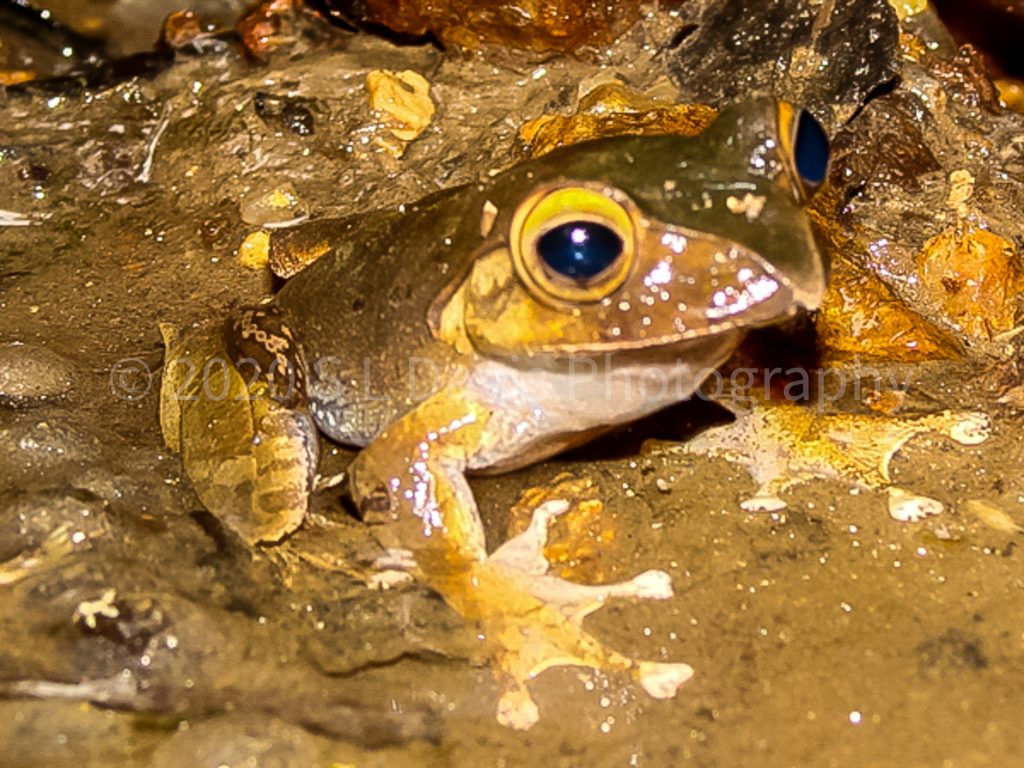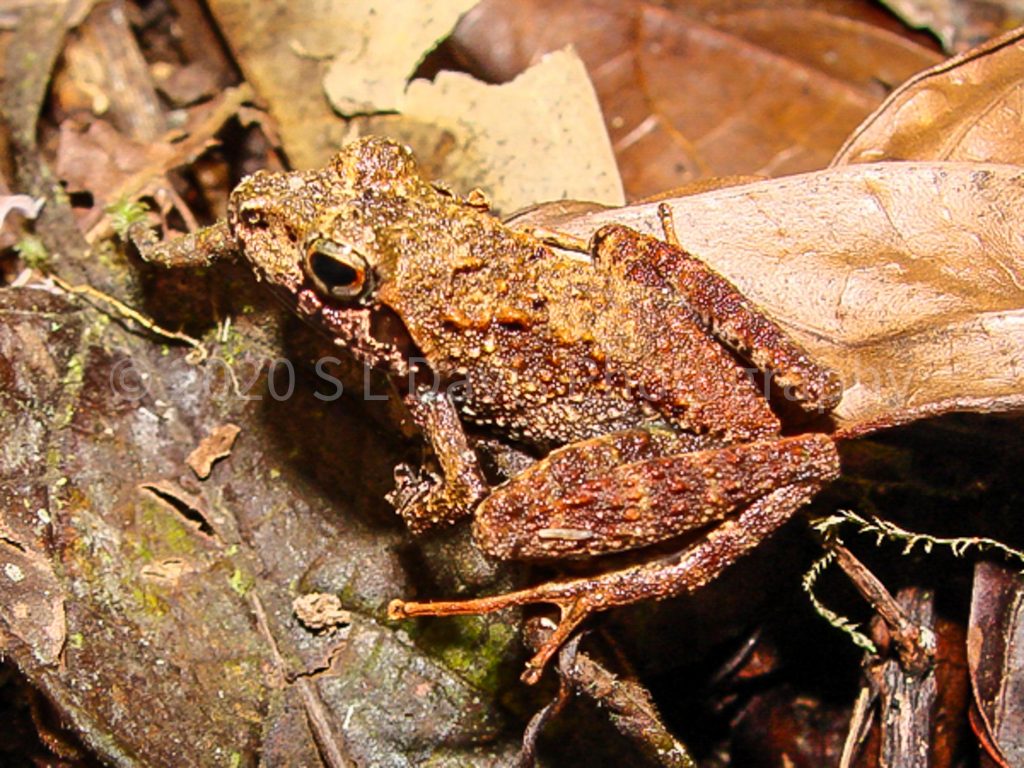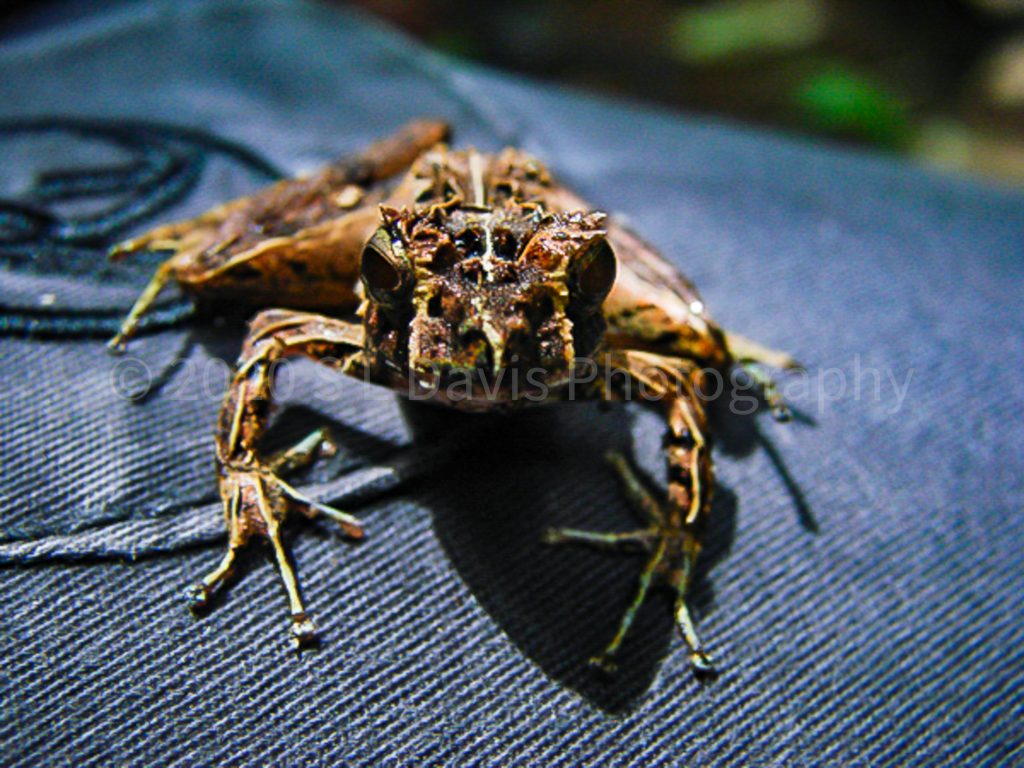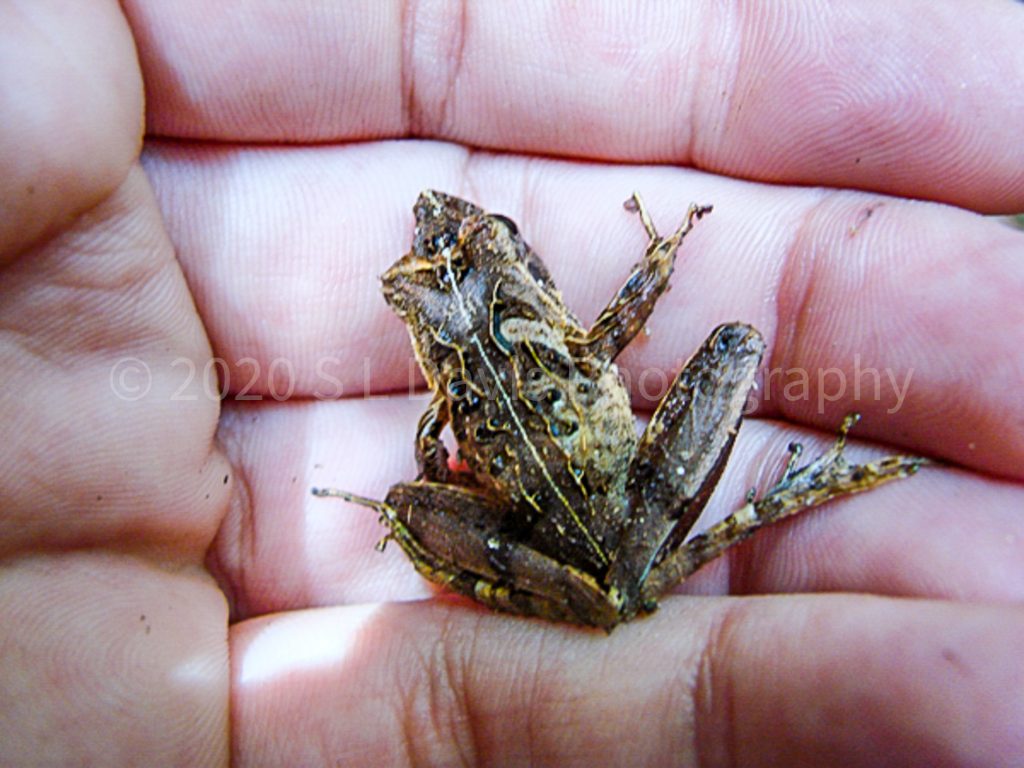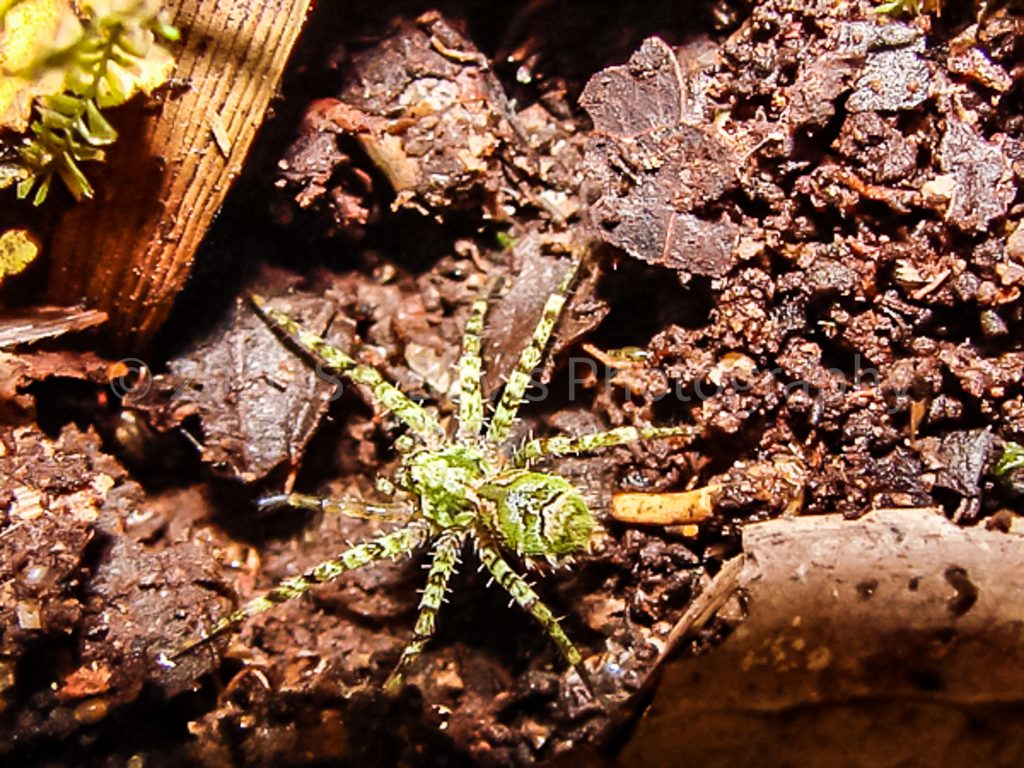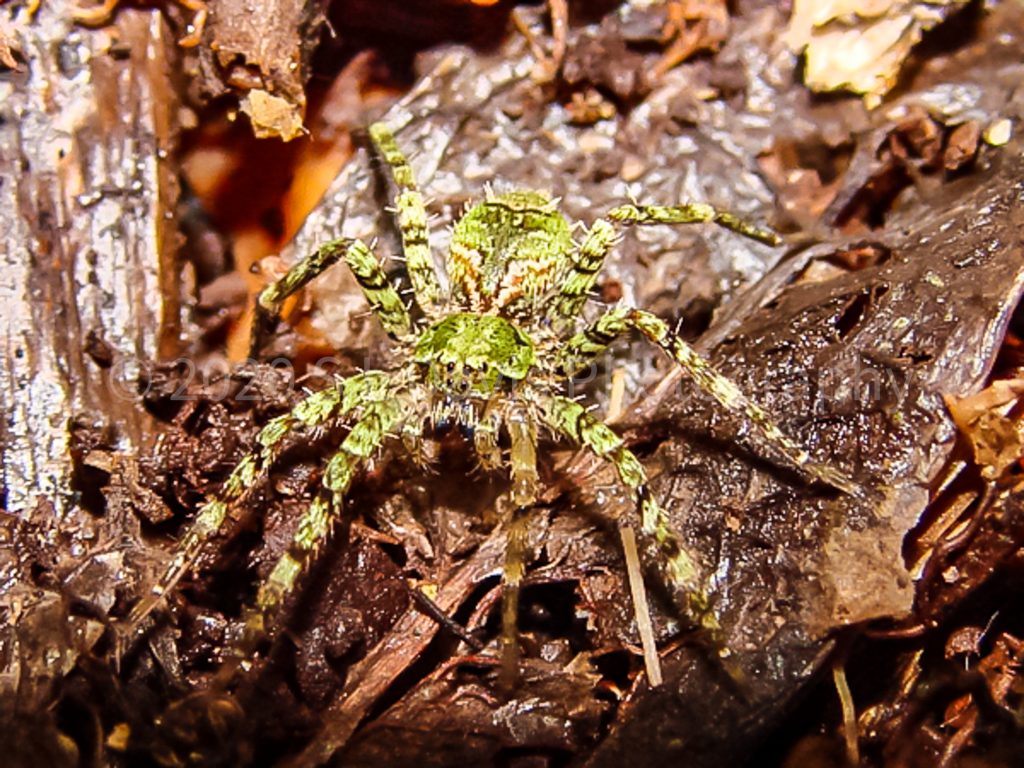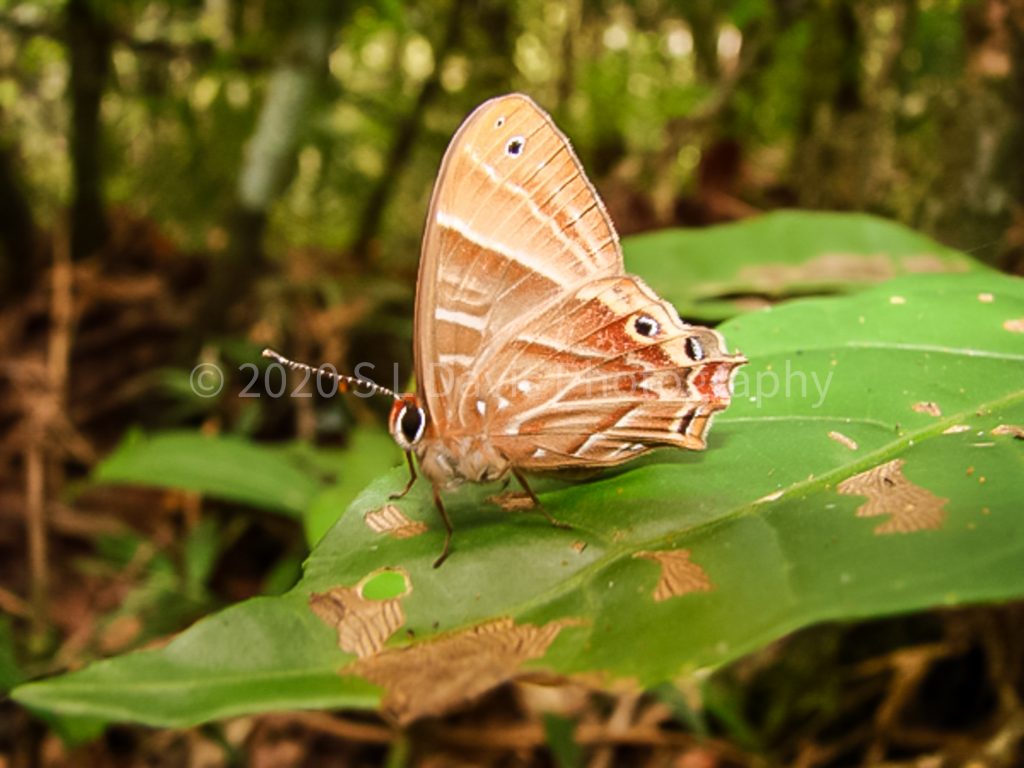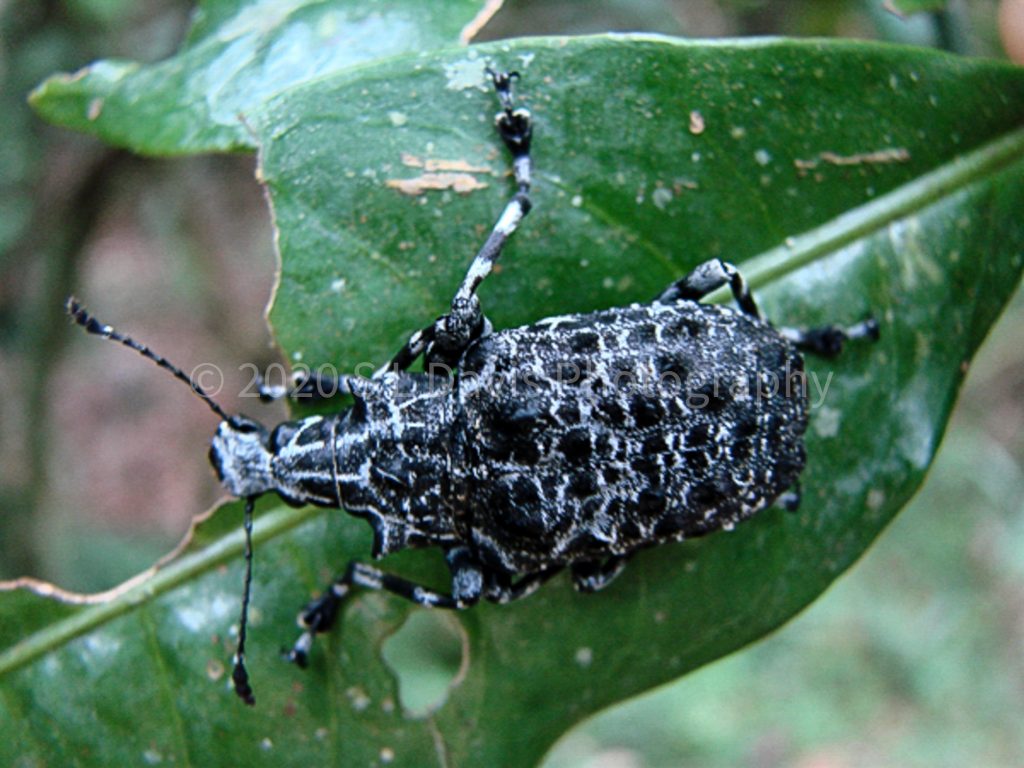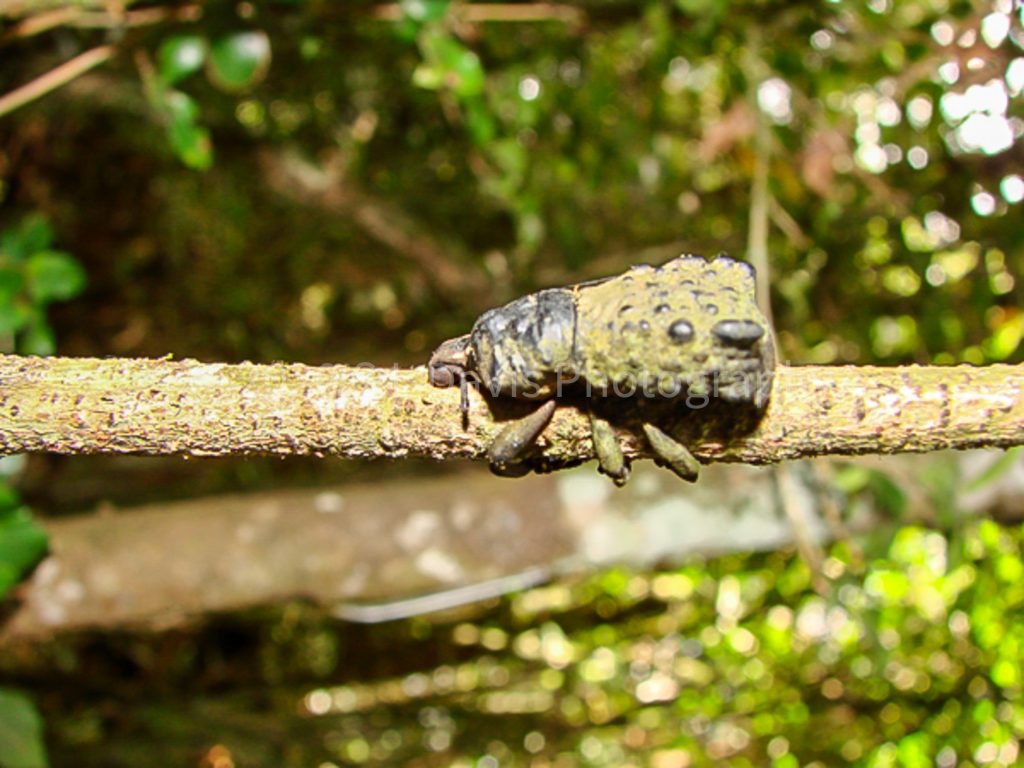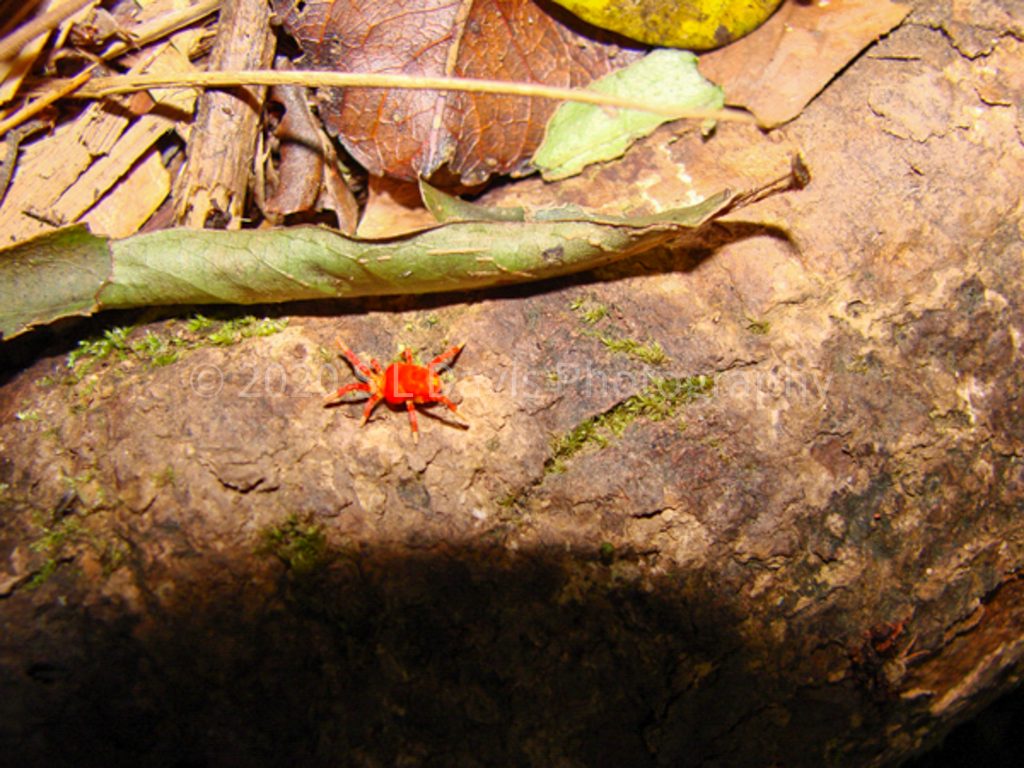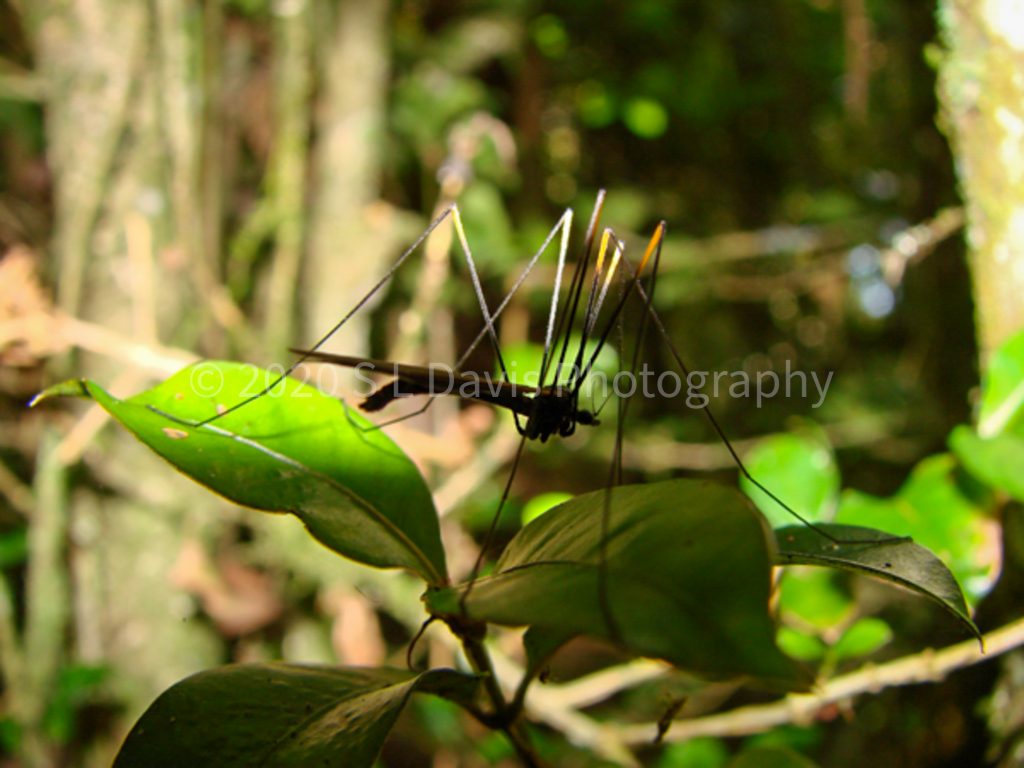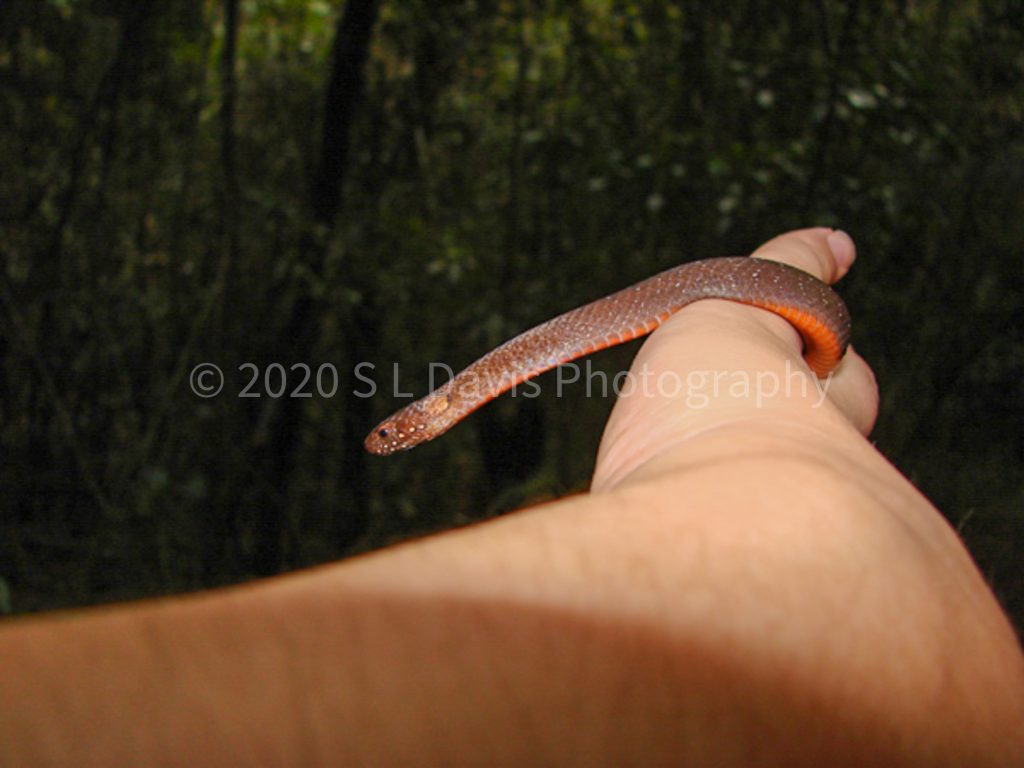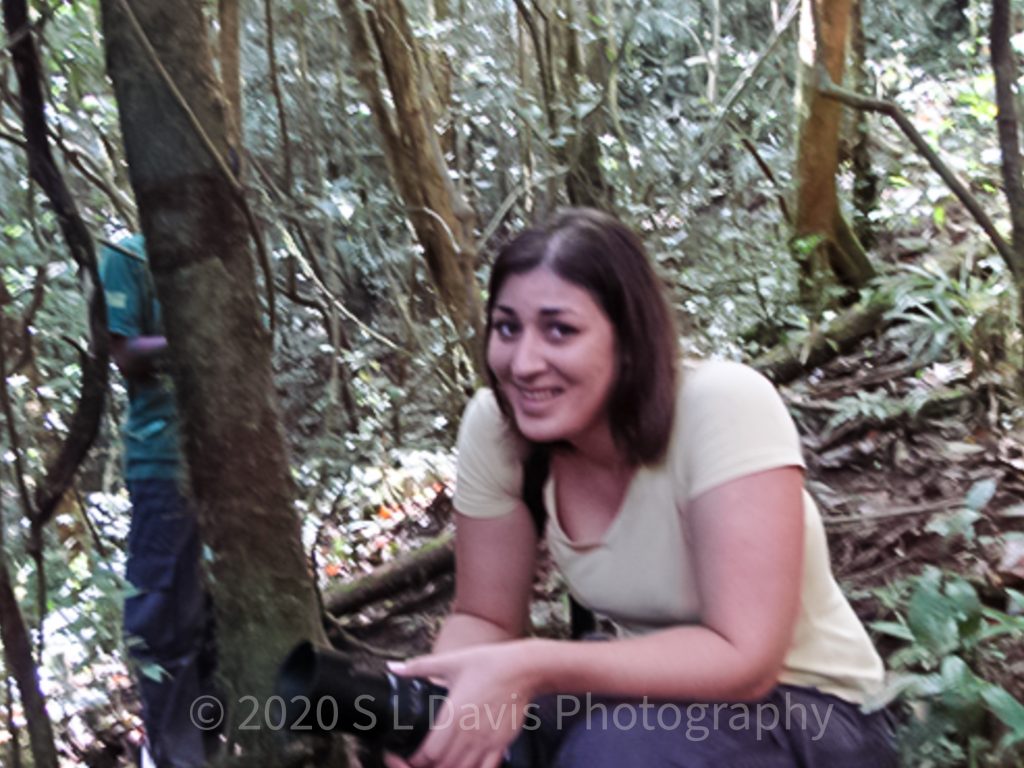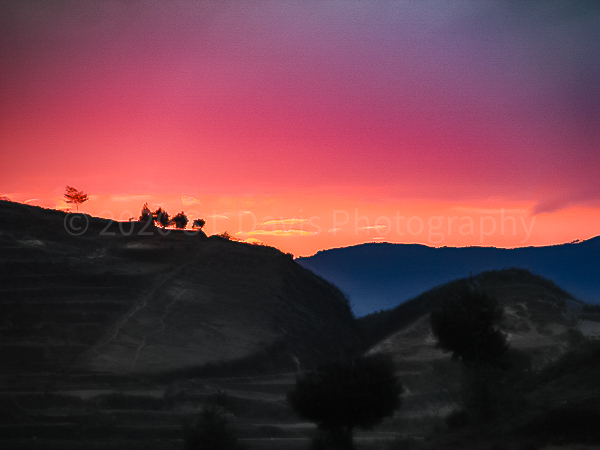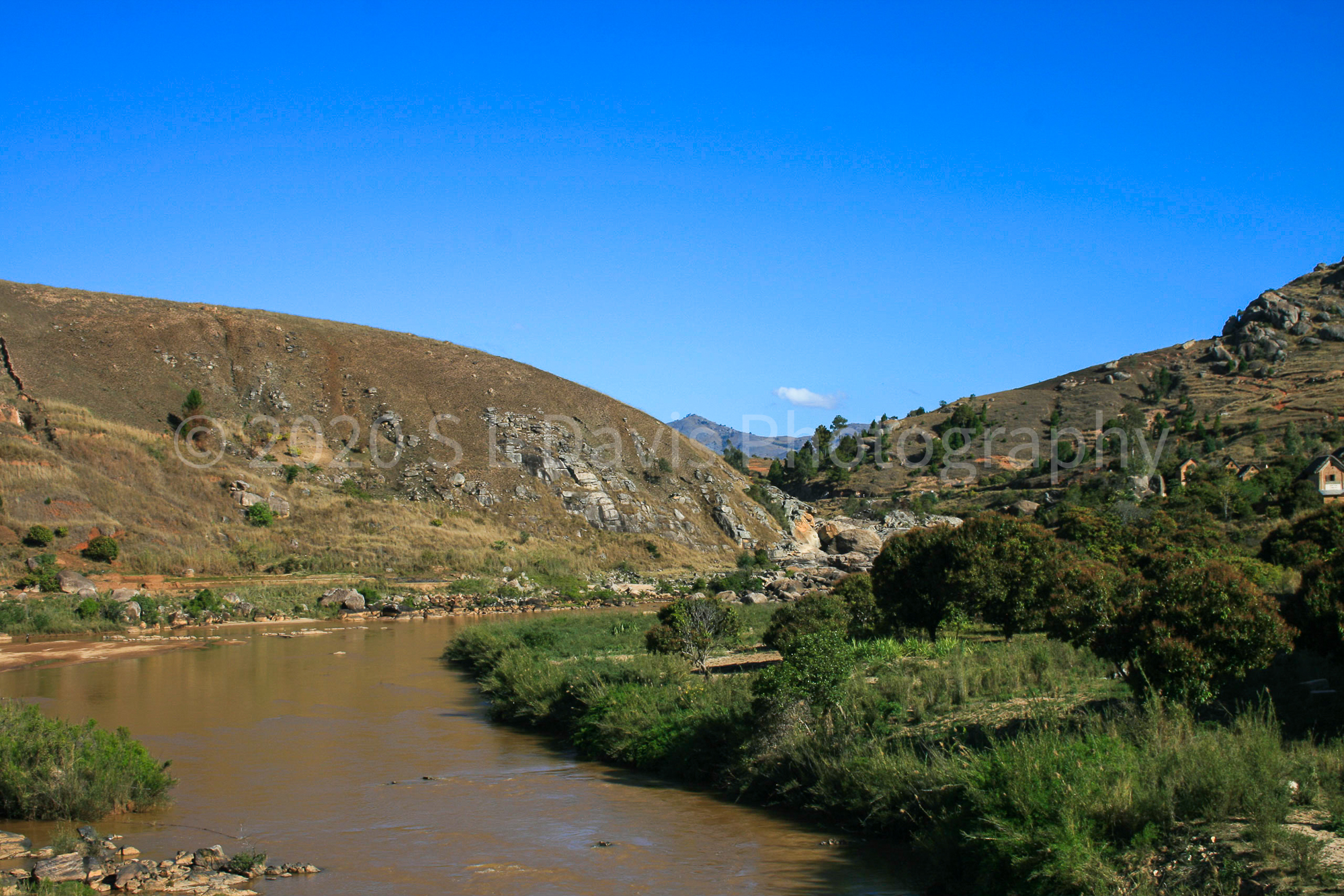
I head into the rainforest and as you will see from my photography, Ranomafana is nothing short of spectacular. It is picturesque and the biodiversity is incredible. If I honestly add anymore of my photography, it will mean the text is a little shorter but the photography speaks volumes.
I have aimed to name as many species as I can in this piece. However, I am unable to give you more details on some species as there is limited information available and or lack of studies into each species.
Walking through the rainforests, you are literally looking everywhere and the reason for this isn’t because of the stunning landscape. You never quite know what will jump out near your feet and as you will see I found a lot of frogs and I held a few too…
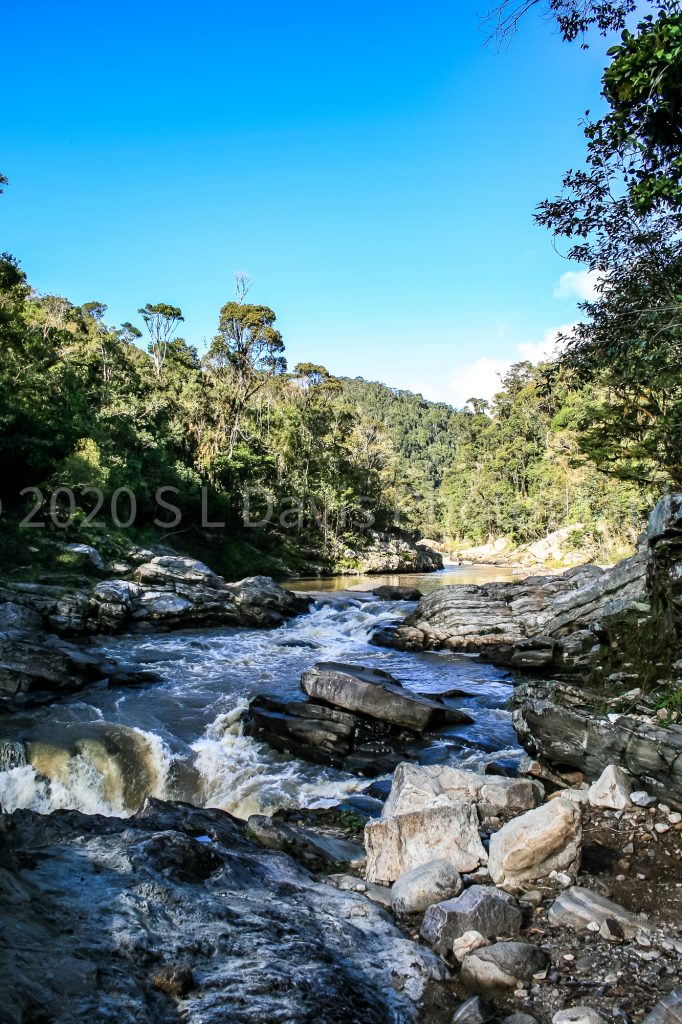
Madagascar really is the frog capital of the world. It is said to be home to more than 350 frog species, giving it possibly the highest frog diversity per square kilometre of any country in the world and many of these frogs are very small and some of the frog species like the Mantella, which I come into contact with later on in my trip are poisonous.
As I continue through the rainforest now very wet from the humidity, I come across a lone angry crayfish. This mini aggressor was at one point having a tug of war with me as it latched onto my camera strap, much to my amusement. this was one determined crayfish and it was going to show me I was not intimidating at all, even with the size and weight difference.
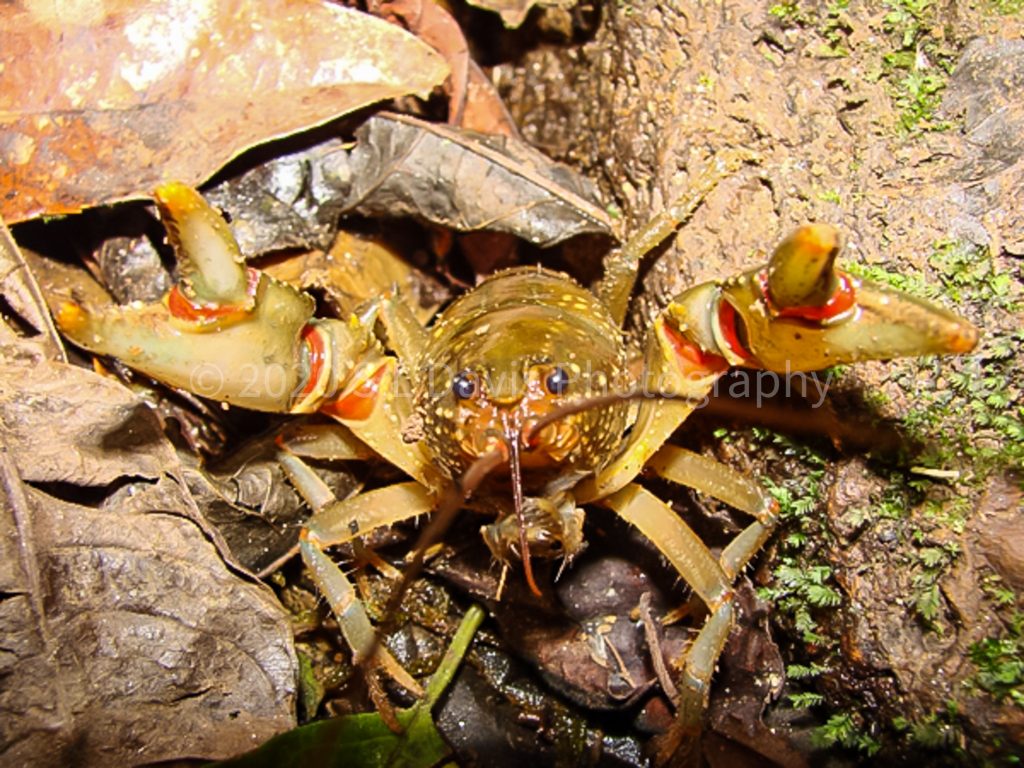
This species is a genus of freshwater crayfish endemic to Madagascar. The first specimens were brought to Europe in 1839, and seven species are now recognised, most of which are considered as threatened on the IUCN Red List.
Very little is known about Malagasy crayfish, leaving their biology poorly known and a bit of a mystery. What is known is they are slow-growing, among the slowest of any crayfish.

Green wandering Spider (Viridasiidae) 
Green wandering Spider (Viridasiidae)
As I continue to trek through the rainforest, I was literally looking everywhere, as the rainforest is alive with activity. I come across various varieties of spiders which I have tried my best to name some of them, as we have travel through on my blogged adventure. The above species is believed to be a species of wandering spider. This tiny wanderer, no bigger than my thumb nail, caught my eye as it was such a vibrant green. Currently there are approximately 400 recorded spider species on Madagascar, some are poisonous, though there has still not been enough research done to establish whether this one is venomous or what specific wander it is. Thankfully I kept a safe distance. There is also a wealth of butterflies that float around delicately or fly past at speed, there are many variants of the thorn spider as you may have seen. I only saw two species the orange one pictured earlier on in my blogs and this one.

Saribia perroti 
Saribia perroti
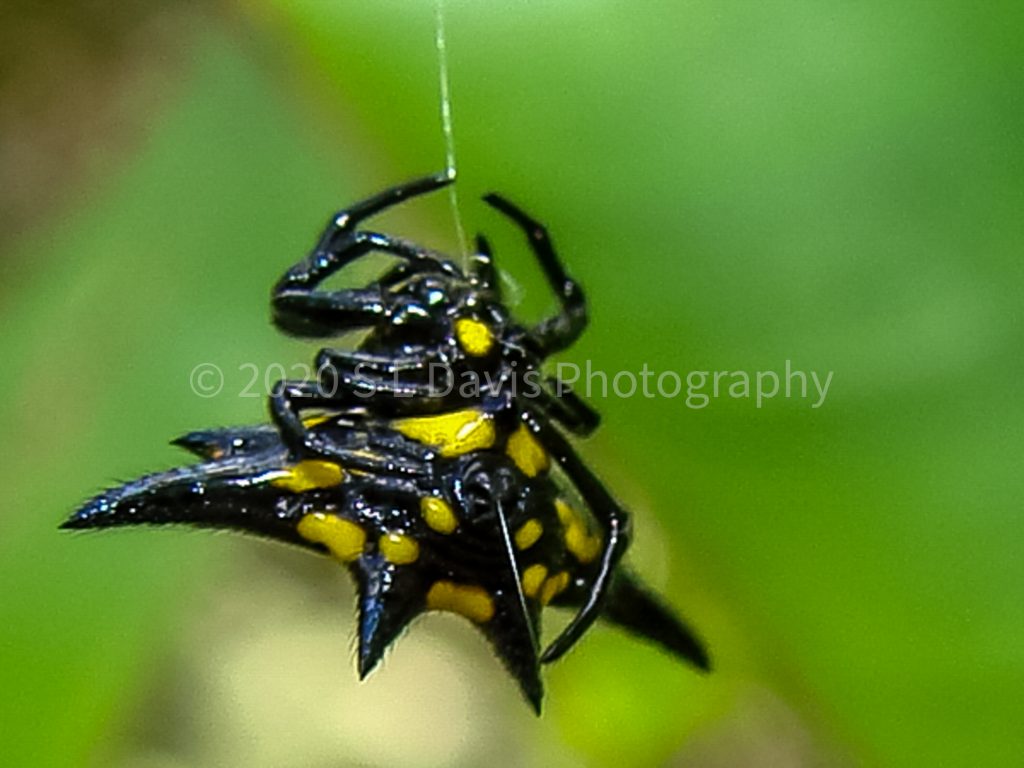
I then start to spot more variants of weevils and ants, an interesting looking crane fly and a larger version of what you may see in the UK of a red spider mite. I am also using vines to make my way through the rainforest and some are covered in thorns, so my palms are slowly being shredded, but I am so fascinated by the wildlife, I ignore this and continue onwards.

Black and white marbled weevil 
Unidentified species of weevil covered in lichen

Red spider mite (Tetranychus urticae) 
unidentified crane fly
As always I spot the reptiles and one of the guides for the rainforest, hands me this snake. Thankfully it is not poisonous and I am familiar with handling snakes, having spent my youth rescuing various reptiles. To some degree I still do when they present themselves…

Slender Smooth Snake
(Liopholidophis rhadinaea)
I finally finish my tour of the rainforest and as I emerge into daylight, I appear to have unwittingly picked up a few hitch hikers… I spot the first on the underside of my forearm, initially I thought it was a bit of wet debris as I was wet from the humidity and a little mucky from trekking through the rainforest. On closer inspection, it was a leech…
These notorious blood suckers drop from leaves and branches and basically latch onto you. Known as terrestrial blood feeding leeches from the family Haemadipsidae, these are abundant throughout the Ranomafana. The thing is you don’t know they’re on you until you are out of the forest and you won’t feel them attaching themselves to you. I ended up sitting on a terrace just within the park whilst Vula looked on squirming as I ripped about twenty off of me and then treated each wound accordingly. A good traveller always carries a decent first aid kit with them… Poor Vula was literally having to look away as it really was giving her the creeps. Ripping leeches off is not advisable and it does hurt as leeches have approximately 300 teeth

If you ever have to remove one, this is the safest method…
- Find its mouth which is at the smaller, thinner end of its body.
- Place your finger on the skin adjacent to the mouth.
- Slowly slide your fingernail towards the mouth and push it sideways. …
- Remove the sucker on the other end of the leech.
- Flick the leech away before it can try to reattach itself.
For a little fun fact session about leeches as I am sure you are now squirming…
Haemadipsidae have a jaw and can chew through clothes. Leeches don’t just live in water, if it’s warm and damp, they will thrive. They can climb trees to feed on prey and will somersault onto prey including the human variety such as myself.
My day in Ranomafana draws to an end. I head up to my room to get my backpack and it is back on the road for 3 hours to the Mandraka Conservation centre. I managed to stop part way through the journey to Mandraka and captured the sun setting over the Madagascan landscape….


